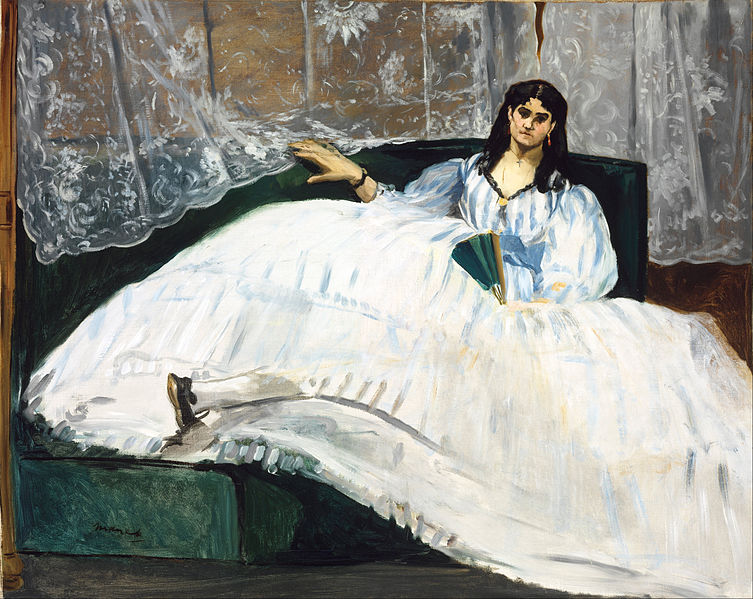Andy Warhol vacuuming, a chief rattling dishes in Chinatown and a “quick” reunion at the steakhouse. Curator Matthias Ulrich on tour in New York.
Yes, New York is always special, gobbling you up with the hunger of a courteous giant who asks before he latches, who lives on this lonely island like a shipwreck’s last survivor, continuously building on this mythical paradise in the style of Robinson Crusoe. My flight lands in Newark, and the wait in the immigration queue gives me the opportunity to get through another ten chapters in George Perec’s “Life: A User’s Manual”.
After every U-turn in queue another face I have already seen before is stuck in my mind. The queue of foreigners speeds up as the long line separates into small portions, channeling the newcomers toward the three open counters of a total 200 or so.
Outside it is bitterly cold. The bus is as brightly lit as a football stadium. You can barely tell that it’s dark outside. The road is full of cars. Time and again, the bus comes to an abrupt halt and then lurches forward again, as if making a pit stop. After a long tunnel, Manhattan finally comes into view – with its thousand illuminated and blinking façades, it’s fairly hard to miss. The traffic chugs on calmly and resignedly. The routine of the daily rush hour is alarming; my body grows restless and I alight at the very first chance. From now on and for the next few days, I rely on digital assistance for every step I take and delight in the choreography of a compass needle.
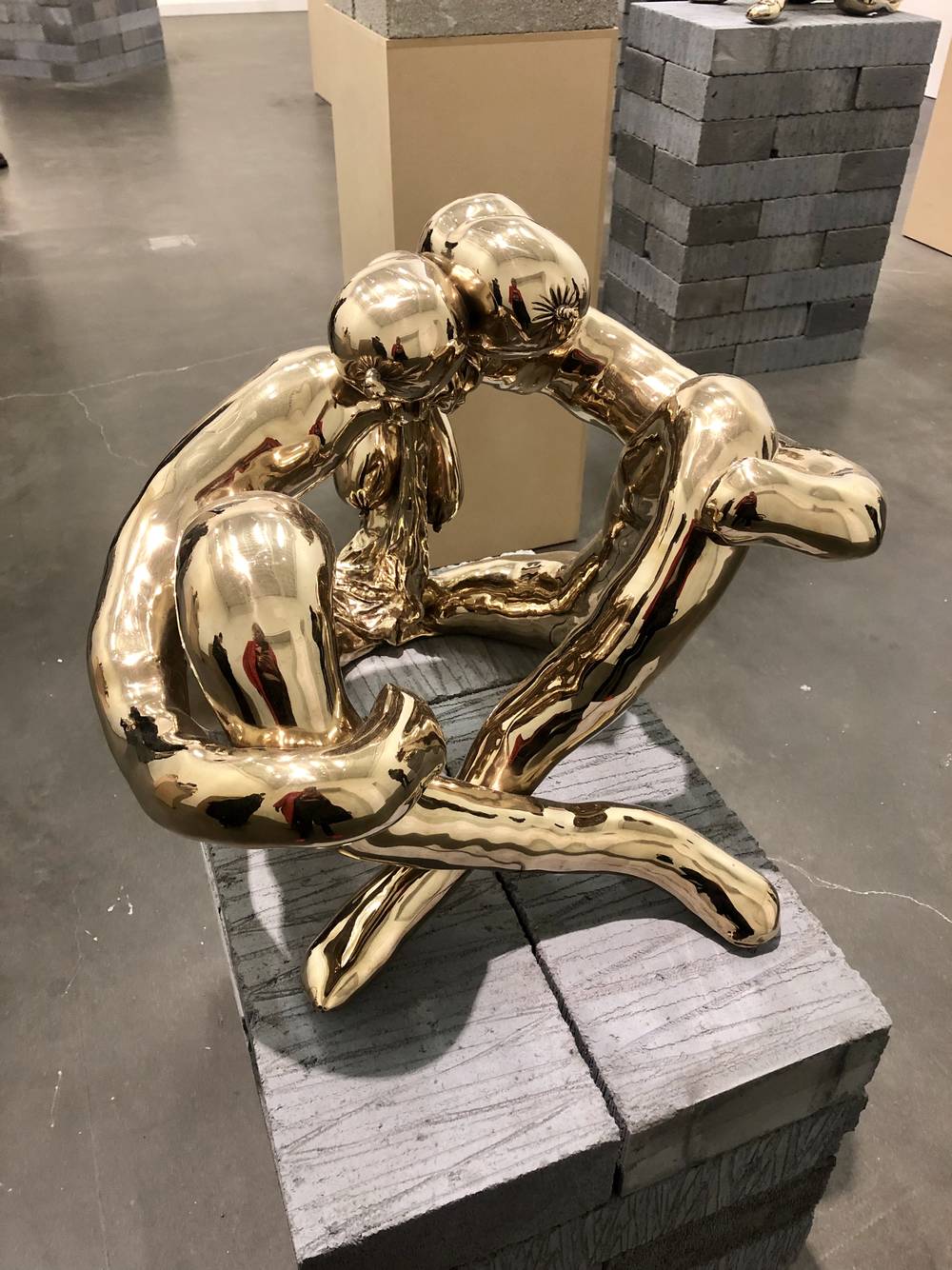
Leaving my hotel, I head for the New Museum to meet up with my colleague Inka Drögemüller and a colleague from the Metropolitan, who was once part of the team for our Jeff Koons exhibition. At 8.00 p.m. it is as packed as a Schirn at Night. This is partly because it is one of the last few days of Sarah Lucas’s first institutional solo exhibition in the US. All in all, the exhibition could easily bring to mind an advertisement for eggs and sausages. By the end, I am asking myself whether the extremely narrow route and the worry about unintentionally touching the artworks was perhaps an intentional move by Lucas in some of the exhibition rooms.
The NUDS, which are reminiscent of an intestine-like reworking of sculptures by Louise Bourgeois or Jeff Koons, stand rudely in the space as if they were just waiting to be touched. By the end I have managed to see everything, including the still extremely striking self-portrait with the fried eggs on breasts, but thereby also witnessed one or the other repetition in the process.
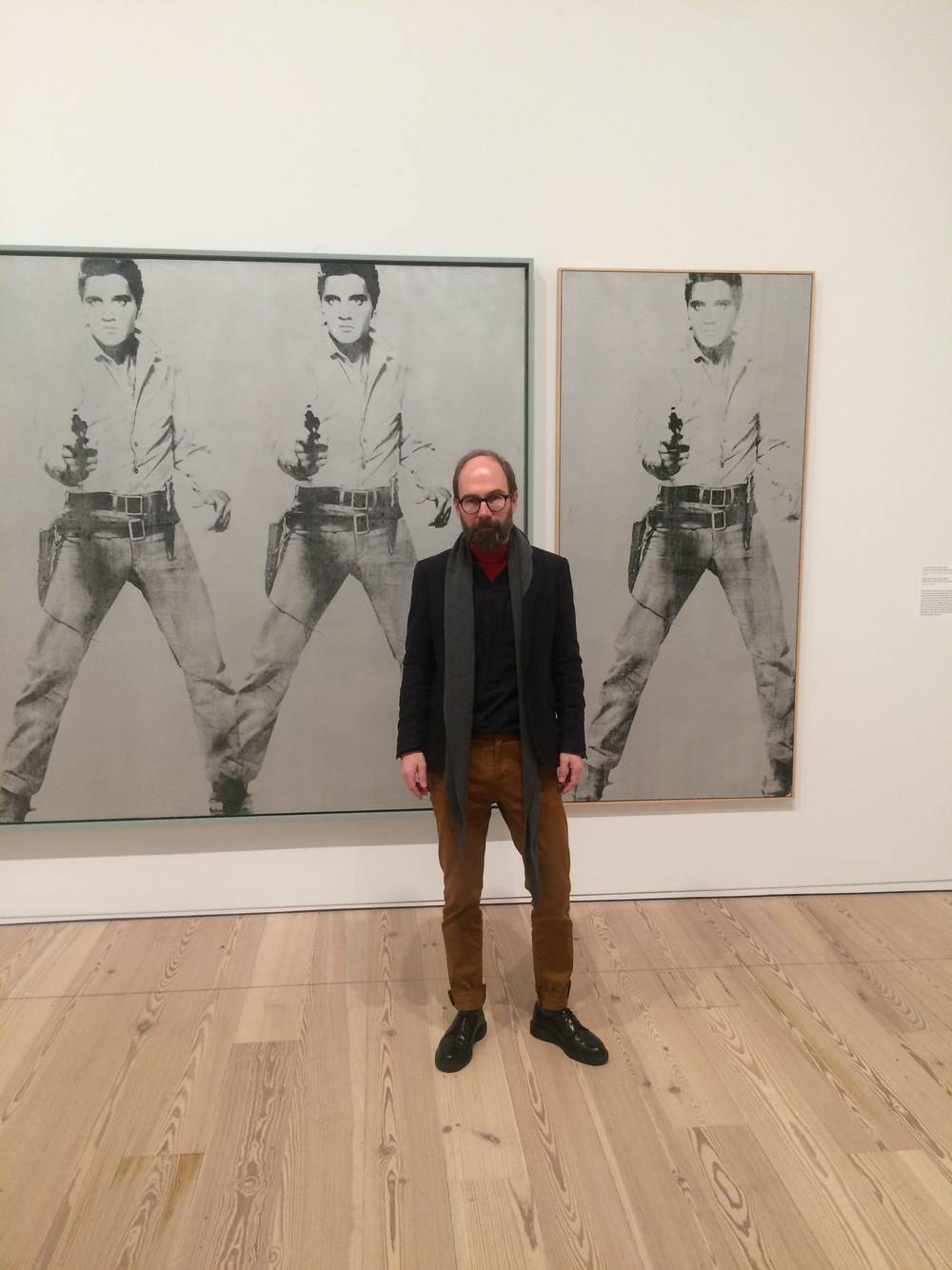
By contrast, the Andy Warhol exhibition we visit the following day at the Whitney Museum is virtually empty, accessible only to registered VIPs in the early hours of the morning. Even though I am familiar with most of the works in the long-planned retrospective, there are some surprises too – no wonder, with a breadth of an oeuvre that is longer than some city walls. A truly delightful piece is a performance by Warhol in which he vacuums the carpeted floor of a gallery to then sign the specially acquired vacuum cleaner bag and exhibit it.
At the galleries in Chelsea I work my way through the customarily high-quality program, although there was sadly little in the way of surprises. Catherine Opie has made a film for the first time which, alongside photography and collages, creates a very nice Gesamtkunstwerk bearing the title “The Modernist”, and it does indeed have an effect on me, but more in that it makes me want to go to sleep rather than getting up.

Michael Kostiuk, Andy Warhol vacuuming the carpet for an installation piece, c. 1972; Founding Collection © 2018 The Andy Warhol Foundation for the Visual Arts, Inc. / Licensed by Artists Rights Society (ARS), New York, Image via whitney.org
The film is composed of individual photos in the style of Chris Marker’s “La Jetée” and takes the viewer through an empty villa in Los Angeles, following a person who intends to burn the house to the ground. Innovative, appealing, powerful – these words and more describe the work by Mandy El-Sayegh, who was born in Malaysia in 1985.
Art with an effect – but rather to fall asleep
The exhibition “Mutations in blue, white and red” incorporates a huge range of work, from paintings on canvas and newspaper to material assemblages in table-top vitrines, rich in detail and impressive with their formal resolution on both a small and large scale. Visitors of the exhibition “God made my face: A collective portrait of James Baldwin” can not only learn about the writer James Baldwin and current issues regarding power and the possibilities of the general public, but also about the transformative potential of galleries to take on a public role and connecting the economic primacy of, as one might say, commercial galleries with an educational mission.
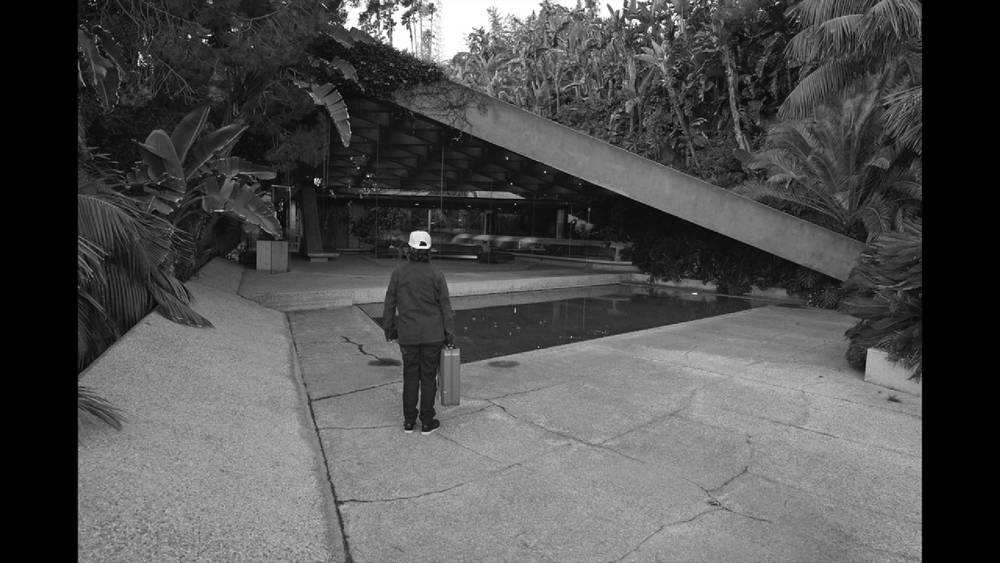
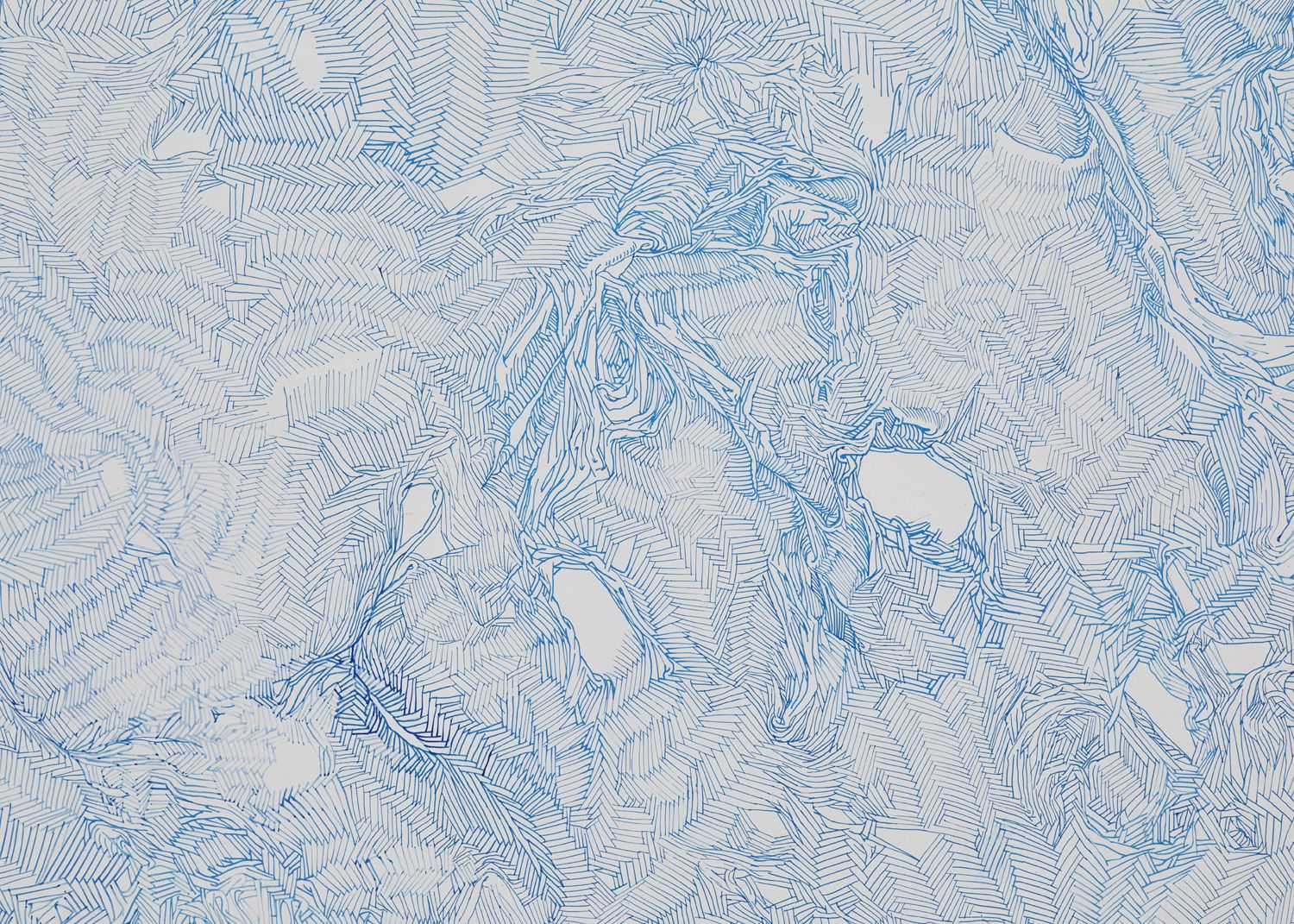
Mandy El-Sayegh, Window 4 (detail), 2018, Image via www.lehmannmaupin.com
The evening then brings a happy reunion with Nina and Max Hollein. The walls of the narrow townhouse just around the corner from the Metropolitan Museum are full of art. They tell me about the numerous welcome parties that were organized for them in the first few weeks after they left San Francisco, about Norman Foster, Aby Rosen and Ronald S. Lauder, recall the Met Gala and the collectors who wanted to get tickets and were willing to pay a few million dollars for them, but were unable to overcome the final hurdle – Anna Wintour. Just around the corner again – in the inspired words of our former boss “let’s get it over and done with” – we dine in a steakhouse (quote Hollein: “…it also serves fish”), opting for the dish it is evidently known for. And as I also order a steak, I am instantly asked: “What? You’re eating meat again?”

Marlene Dumas, James Baldwin (2014) from the series Great Men, 2014 – present, Courtesy David Zwirner, Image via dazedgroup.netdna-ssl.com/
The following day
Chinatown is ruled by “Häuptling Klapperndes Geschirr” (engl. “Chief Rattling Dishes”), an exhibition in an empty office space with at least a dozen glazed rooms that have been turned over to the artist and New York resident Kai Althoff. Wobbling floors made of painted wallpaper over insulation mats that extend across the walls and ceiling – more, so it seems, does not necessarily have to be done in terms of immersive art. Althoff’s adoption of Chinese-influenced painting appears light and self-evident. The entire exhibition seems unflustered, a bit like “Dear Painter, paint for me”: beautiful, modest, and in both the artistic and the social sense, ambivalent.
The Museo del Bario welcomes you to its entrance hall with cheerful samba music, and to its gallery spaces with a stylistically diverse and impressive presentation of works by Liliana Porter, born in Argentina in 1941. In spite of the retrospective layout, the exhibition unfortunately opens up just one small window into the artist’s unmissable and ironic body of work. Alongside one of her shadow paintings, with which she first came to fame in the late 1960s, it is primarily a feminist-conceptual photo-wall installation that catches my eye, incorporating such simple shapes as triangles and circles created from photographed hands.
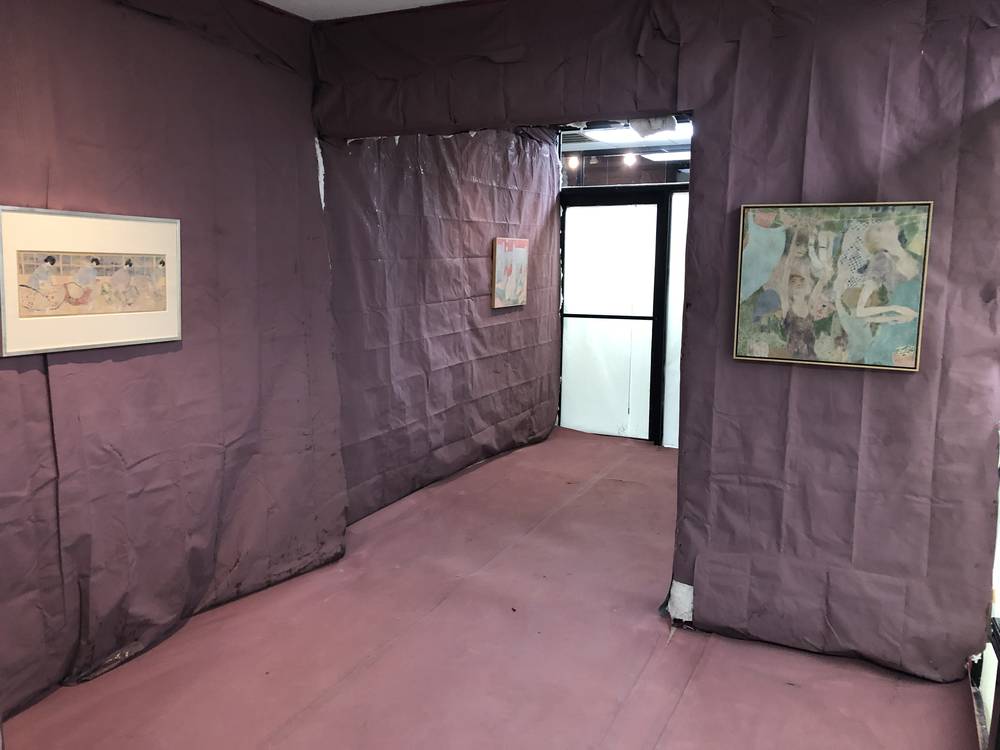
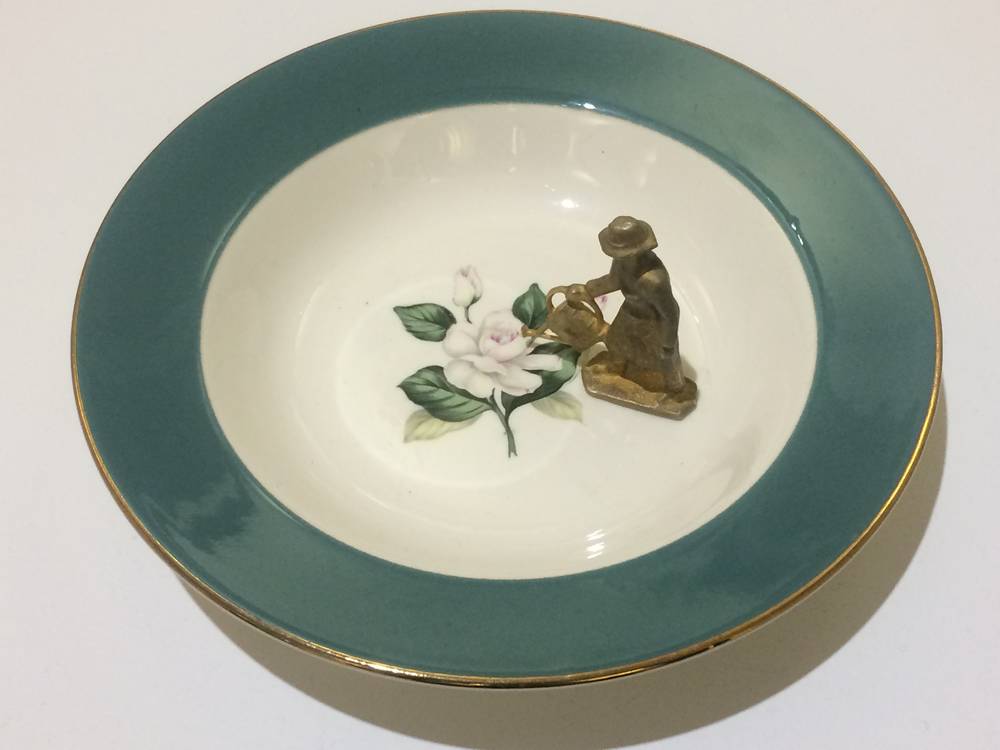
A subsequent visit to the studio of a Swiss artist working in Harlem is later followed by the opening of the opulent spaceship that is Gavin Brown‘s “Enterprise”, which this afternoon plays host to the hip art scene of Manhattan, gathered to witness the presentation of filmmaker Michel Auder’s magnum opus, his “Fictional Art Film” of 2019. The film is a portrait of New York’s art world.
On display are artists with whom Auder used to hang out
It features artists and writers with whom Auder used to hang out, including Willem de Kooning, Harry Smith, Niki de Saint Phalle, Martin Kippenberger, Gregory Corso, Alain Robbe-Grillet, Larry Rivers, Brigid Berlin, Bill T. Jones, Larry Bell, Taylor Mead, Jean Tinguely, Marcia Resnick, Robert Mapplethorpe, Andy Warhol, Michael Buthe, John Ashbery, Cindy Sherman, Brice Marden, Viva, Jonas Mekas, Louis Waldon, Shirley Clarke, William S. Burroughs, Malcolm Morley, Charles James, John Chamberlain, Hannah Wilke, Bob Rauschenberg, Alice Neel, David Hammons and quite a few more.

Michel Auder, Fictional Art Film (Filmstill), 2019, courtesy the artist and Gavin Brown’s Enterprise, Image via www.paris-la.com
Just around the corner at Columbia University, the Wallach Art Gallery is hosting an exquisite and insightful exhibition about how the black community, particularly women, as figures presented in painting and sculpture influenced Modernist art. The starting point for this exhibition with the title “Posing Modernity: The Black Model from Manet and Matisse to Today”, is the painting “Olympia” by Edouard Manet with the black model Laure, whom the artist often portrayed. The extensive exhibition culminates in the present day, with a role-reversed reconstruction of the above-mentioned Manet painting featuring Aimé Mpane, as well as a portrait of the great Angela Davis by Mickalene Thomas, slightly reminiscent of Andy Warhol.
On the last of the five days I make another studio visit to Harlem, where it’s apparently still possible to find entire houses for affordable prices, before I head back, hip and happy with my High Times t-shirts, taking the train to Newark this time. The sun is still up, so from the distance the far and high Manhattan indeed seems like an island.
